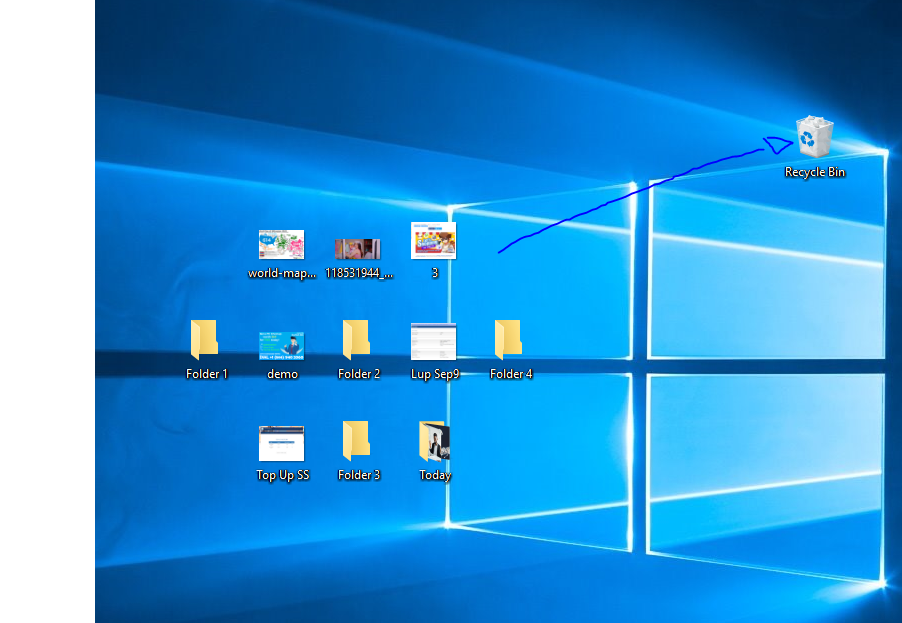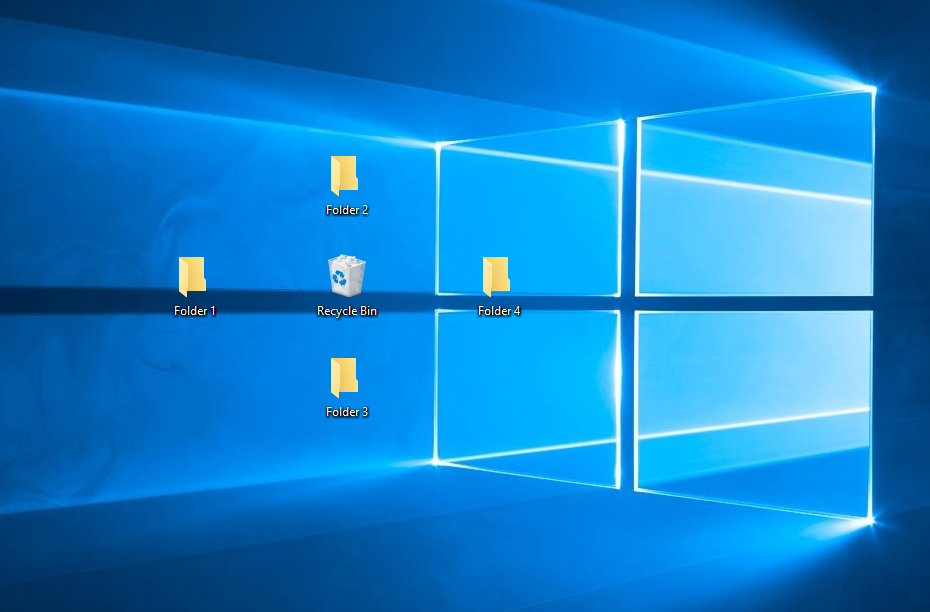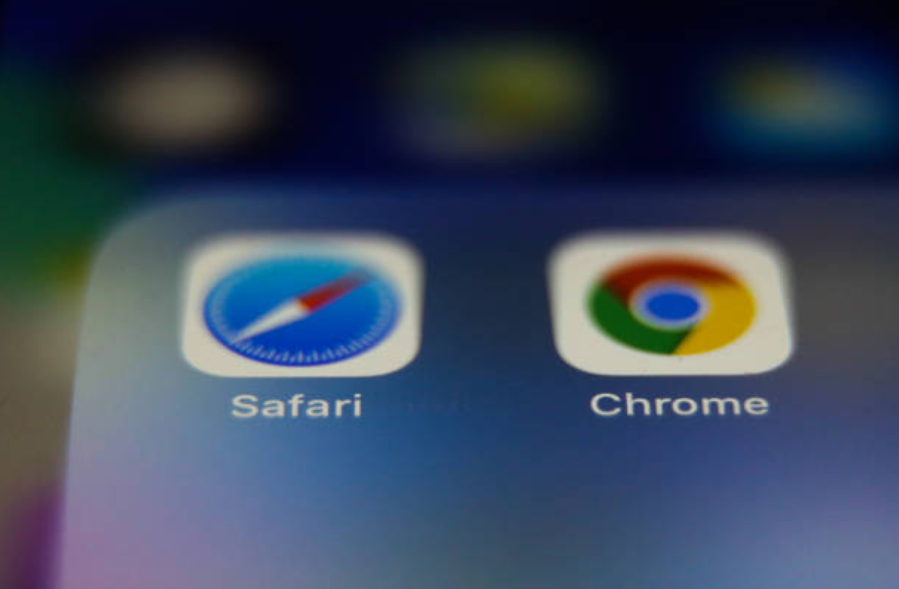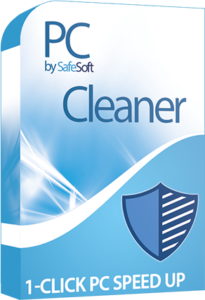Need Help? Get help Now!
Powered by SafeSoft Assist
Special offers when you call

Did you know that a file manager for Windows can be quite useful most especially if you want to extend the longevity of your computer? In today’s guide, you’re going to exactly know which tool you can use to clean, maintain, and make your PC like new again.
However, not everyone likes using a file manager for Windows and choose manual maintenance instead. We’re also going to include that and more so if you’re interested in enhancing your computer’s performance, stick around.

One of the cardinal sins in terms of PC management is neglecting duplicate files whenever transferring files. Temporarily downloaded files that are left to rot such as files used for projects like graphic and video sign and more, may also cause an accumulation of junk files.
Moreover, the total disregard of the cache after a successful installation of a program can also lead to a demise in file management. If you are always on the lookout for what goes inside your storage, you’re never going to need a file manager in Windows anymore.
Make sure that every time you use your computer most especially in your projects, you must eliminate files that you know will not be of use anymore immediately. This can prove to be a conundrum and can be quite tedious but there’s really no other way in doing so.
Take the principle of when you’re cooking. A lot of professional chefs clean up right after they do something in the kitchen in order to clear the space. This is something that you must apply as well in terms of using your PC.

People who do a lot of work on the computer tend to download a lot of files. Most of these files are temporary but somehow, they manage to stay in one’s system way longer than they’re supposed to. Worse is, these files usually occupy the most integral space of your computer which is the desktop.
Proper file management entails organization and cleanliness. You’ll never achieve ample productivity if your workspace is always messy. This is why you must always keep your desktop tidy.
If you are someone who works with an organized chaos approach, at least create a dedicated mess folder whereby you could dump all of your temporary files into. Folders are very useful in almost all aspects of life. Categorization is the most integral part when it comes to organization and you must capitalize on these yellow icons.
However, if it really can’t be helped, you should just download a One-Click Tool like SafeSoft PC Cleaner which we will discuss more in the later parts of this guide.

There’s an art to being the best file manager in Windows and it is by mastering the art of organizing the filed and folders. Should you feel the need to outsmart the most high-tech Windows file managers in the market, you have to learn proper folder organization.
Be the Marie Kondo of your storage space starting with…
Renaming your folders can prove to be a breeze whenever you’re looking for something on your computer. Don’t name a folder “Pictures” and just watch everything go. That’s not how it works.
You must name your folders appropriately, accordingly, and PRECISELY. If you want to store the photos of your dog, don’t let it sit with a bunch of random media files and expect that you would find it instantly the next time you need it. Name the folder “My Dog’s Photos” or “My Pet’s Portraits”.
Renaming a folder is unique to each user but be very sure that it’s something quite comprehensive that you yourself won’t be confused with in the future.
This section will be divided into different categories with recommendations on which files best apply. You don’t have to follow exactly what’s recommended here because at the end of the day, you should do something that works best for you.
Name. Sorting files by name is quite useful when it comes to product inventories. It may also be great for song, movie, and other media files collections. For example, if you’re planning to store your mp3 files, don’t just let all of them sit with each other in one messy folder. Sort the songs by Singer Name then Album Name. Doing so will prove more efficient most especially if you’re creating playlists.
Date. Sorting files by date is highly recommended for files such as travel photos and CCTV recordings. Doing so will give you an easier way to navigate if you find the need to look for these files again. Following the pattern Year > Month > Day > Time (if needed) is the most efficient way in organizing media files like these.
This can also be used in legal documents and will prove to be quite useful if you’re doing secretarial work for a law firm or any document-heavy industry.
Type. Are you a software connoisseur or do you like gaming? Sorting by type will be the best organizational method for you. The reason being is because different programs have different file types so it only makes sense to sort things out this way.

Our computers can do a lot of things and because of this, we tend to push it beyond its limits. Furthermore, we get entangled into so many widgets that instead of our system is organized, it ends up looking like a hot mess.
Calm down and don’t install and embed it on your desktop just because other people find it quite useful. Why would you need a huge chunk of calendar occupying your screen if you can easily look for the date on your system tray? Furthermore, why would you need an oppressive clock to look at the time when you can probably check it on your watch or your cellphone at one glance?
The only thing that a person really needs as a widget on his/her desktop is the sticky note which comes free with Windows 8 and up. The use of it is justifiable because it serves as a reminder most especially if you have a lot of pending tasks that must be done before a deadline.

Because you want to act as a manual file manager in Windows, the only way for you to properly get rid of junk files and potentially harmful cookies from browsing is by using two different browsers separately.
If you are using Google Chrome and it already conveniently has your login credentials, you may continue doing so but only use it for your most important online activities.
As mentioned above, you may use the browser that stores all of your login credentials as Browser 1. Browser 1 should be used for your more important online activities such as shopping, banking, and work. Only visit websites that are already familiar to you in this browser.
Don’t use this to do your searches and downloads. Strictly remember that THIS BROWSER IS FOR IMPORTANT PURPOSES ONLY. By doing so, you won’t have to go through the hassle of individually clearing the cache and cookies from the websites that are unfamiliar to you anymore.
The Browser 2 is the more fun browser as this is what you’ll use to do all of the other fun stuff. You may use this for searching, downloading, streaming, gaming, and more. However, not because this has fewer limits mean that you should be lenient when it comes to privacy protection (read the 6 best privacy protection practices here).
After using this browser, you should clear it completely. Delete cache, cookies, and history and always make sure that it’s spotless. Doing so will not only help avoid the accumulation of junk files but will also serve as a security measure in terms of sensitive data as well.

Now, if you want to have a hassle-free experience, you must leave it to a powerful file manager in Windows like SafeSoft PC Cleaner. Imagine a life without having to worry about PC maintenance anymore and just doing the things that truly matter to you.
Yes, it’s possible… and MORE!
Know more about SafeSoft PC Cleaner.
Did you learn anything from this File Manager in Windows Guide? Don’t hesitate to share it on your timeline.









